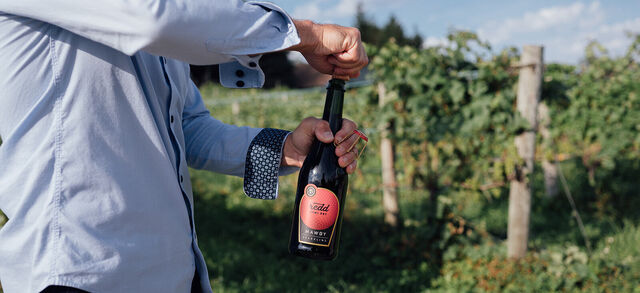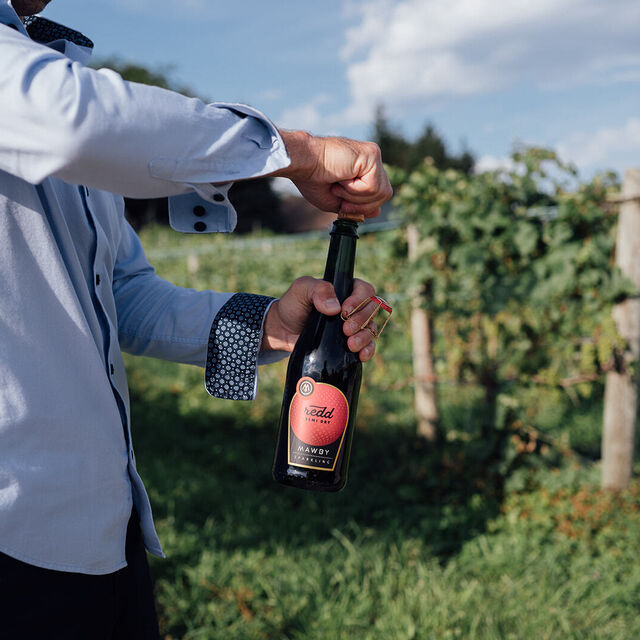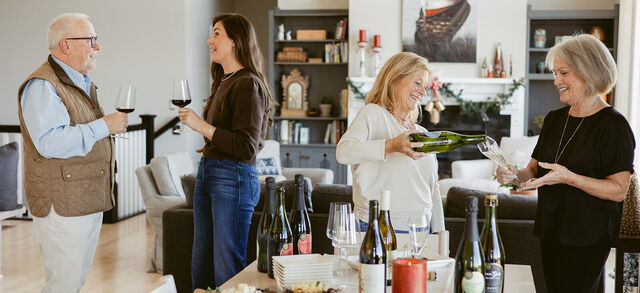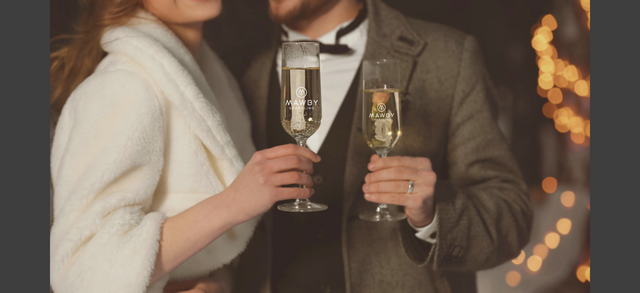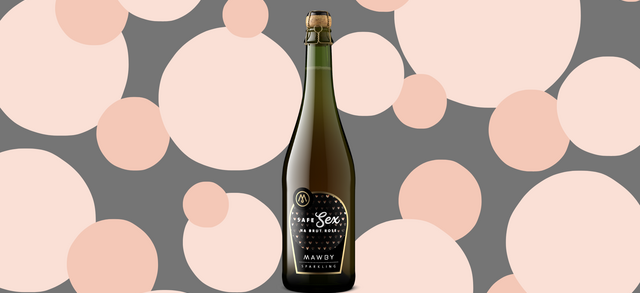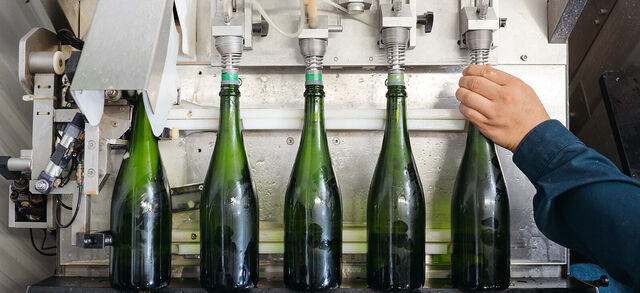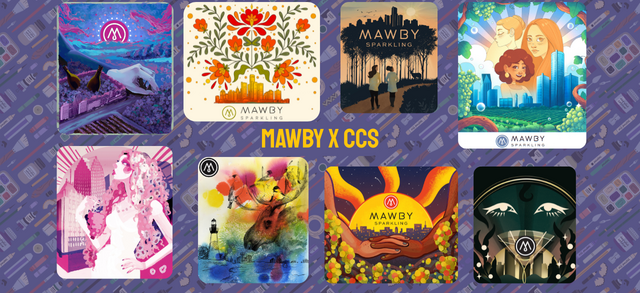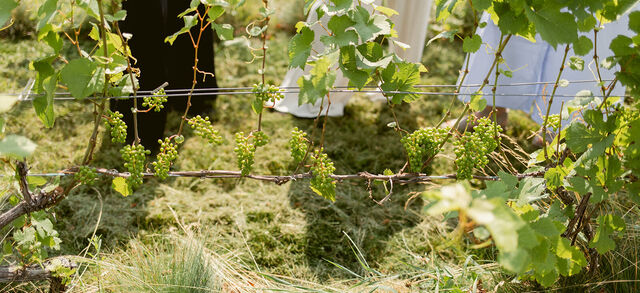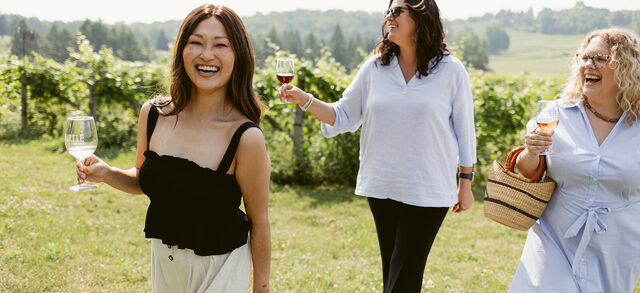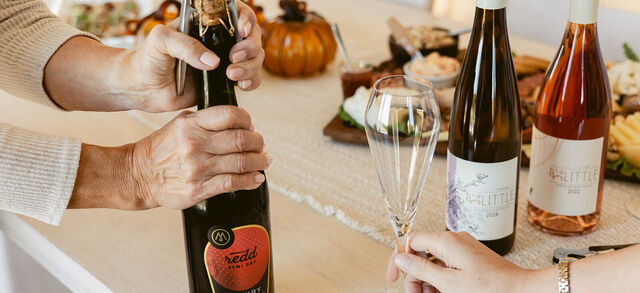
How Much Wine Should I Buy? The MAWBY Guide to Ordering Wine.
2 min read
There’s something magical about opening a bottle of sparkling wine — the anticipation, the bubbles, the celebration. But if you’ve ever struggled with a cork that just won’t budge (or worse, flown across the room), you’re not alone. The good news? With the right technique, opening sparkling wine can be effortless, elegant, and safe.
Learn More2 min read
2 min read
3 min read
2 min read
2 min read
2 min read
7 min read
2 min read
4 min read
3 min read
2 min read
2 min read
